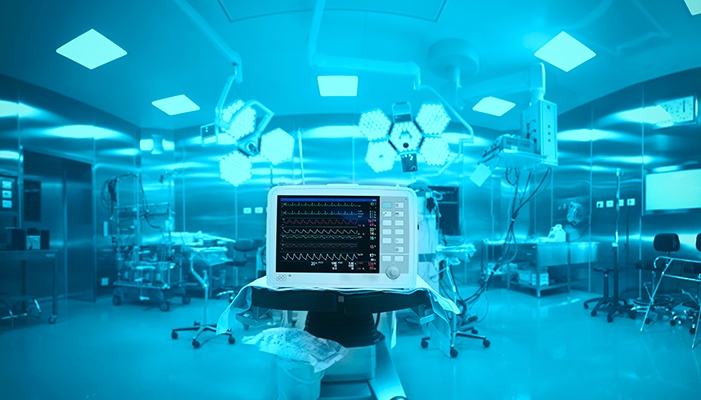Report says 18 million North Americans used connected care solutions in 2018
Jul 23, 2019 • News • connected devices • future of field service • Medical Devices • Berg Insight
Research finds that high use of connected care solutions in North America.
A new report from the IoT analyst firm Berg Insight has found that around 18.0 million people in North America were using connected care solutions at the end of 2018.
The figure refers to users of medical alert systems, connected medication management solutions and remote patient monitoring (RPM) solutions in Canada and the US. RPM is the largest and most mature segment having a total of 16.1 million users at the end of 2018. The market for medical alert systems is considerably smaller with an estimated total of 3.1 million users, whereas the number of connected medication management users reached 900,000 at the end of 2018. There is an overlap between the market segments as medical alert users can also be equipped with a medication management solution or an RPM solution, and vice versa. The market is forecasted to grow at a compound annual growth rate (CAGR) of 18.3 percent during the next six years to reach 49.4 million connected care users by 2024.
The leading use case for RPM have thus far been sleep therapy monitoring. Patients that suffer from sleep-disordered breathing such as obstructive sleep apnea (OSA) are typically prescribed an airflow generator, but many patients find the device unpleasant to use and poor compliance is common. Payers thus increasingly require that patients comply with their treatment plans to be reimbursed for the device which has driven equipment vendors to connect the devices. Philips is the largest provider of connected airflow generators. ResMed follows closely thanks to the company’s decision to include cellular IoT connectivity as standard in its Air Solutions product family.
The North American market for connected care solutions is affected by several trends and developments that will have an impact on the competitive landscape in the following years. Changing demographics is driving the demand for home care, while technological developments and regulatory changes affect the competitive landscape for solution vendors. One of the major ongoing changes is the sunset of the landline telephone networks and cellular 3G networks, which forces equipment providers to upgrade their products. At the same time, the industry is becoming more patient-centric which calls for integrated systems and improved interoperability of connected care solutions. New companies are entering the connected care market and connected medication management solutions are today in the centre of attention for start-ups.





















 Field Service News is published by 1927 Media Ltd, an independent publisher whose sole focus is on the field service sector. As such our entire resources are focused on helping drive the field service sector forwards and aiming to best serve our industry through honest, incisive and innovative media coverage of the global field service sector.
Field Service News is published by 1927 Media Ltd, an independent publisher whose sole focus is on the field service sector. As such our entire resources are focused on helping drive the field service sector forwards and aiming to best serve our industry through honest, incisive and innovative media coverage of the global field service sector.
Leave a Reply